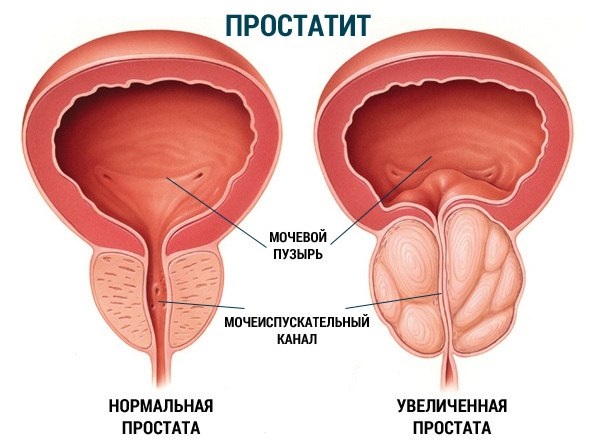Stenosis of the urethra
admin2025-05-10T11:18:35+00:00Stenosis of the urethra is a condition in which the urethra (the tube that carries urine out of the bladder) is narrowed in some place. This constriction disrupts the natural flow of urine and can cause difficulty urinating and a number of complications. How is this happening? Within the urethra, scar tissue develops, narrowing its [...]









